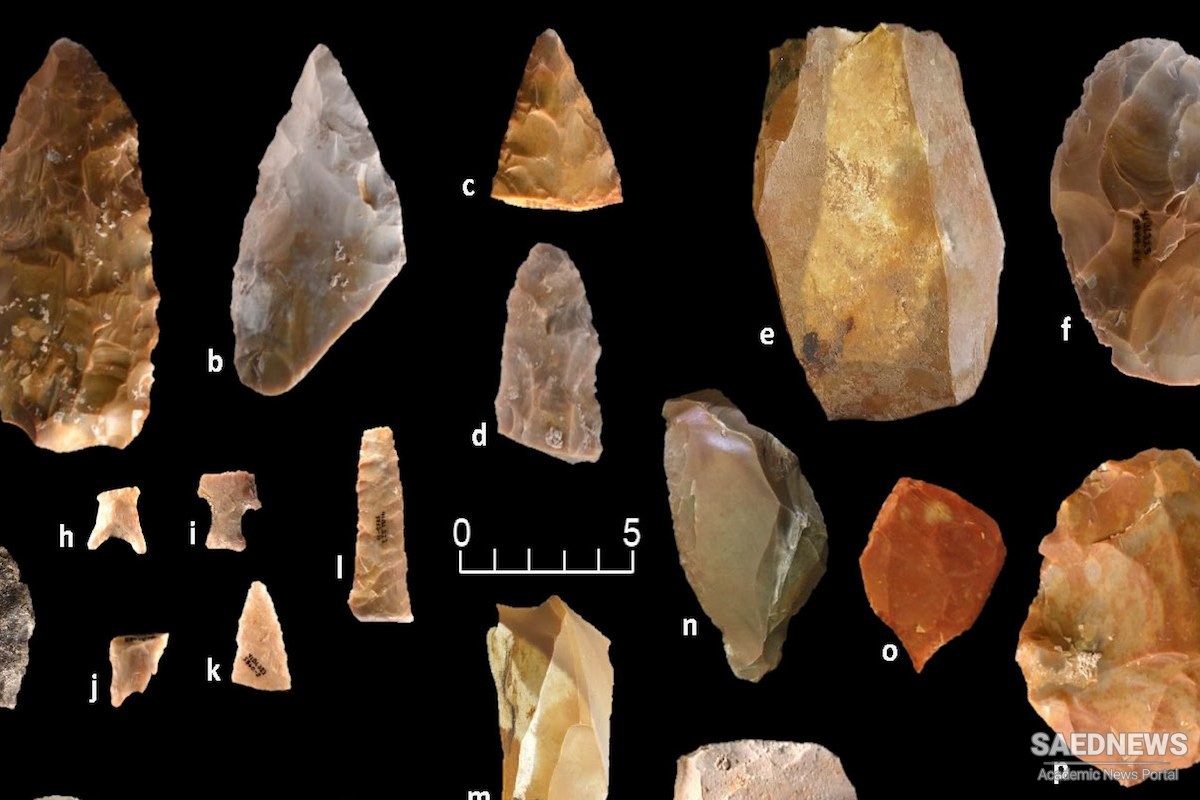In a place called Laetoli, in Tanzania, a family—a male and a female carrying a child—once walked across some fi ne volcanic ash. Their footprints, covered with ashes, remained untouched for 3.5 million years until 1978, when the anthropologist Mary Leakey discovered them. They are the oldest known footprints of Australopithecines (“southern apes”), a species that lived in southern and eastern Africa between 4.5 and 2.5 million years ago. From the fossils of skulls that anthropologists have found, we know that the brains of these apes were as large as those of chimpanzees, about one-third the size of human brains today. Like other apes, they had strong jaws and teeth, with which they scavenged meat left over by other carnivores, as well as vegetable matter and whatever small animals they could catch. They differed from other apes in several ways, however. They lived in open grasslands, not in forests. Unlike all other mammals, they were bipedal; that is, they could walk upright comfortably. Their hands had opposable thumbs, with which they could grasp things. Holding objects in their hands, they could walk without slowing down. We do not know whether they carried sticks or hides because such organic matter has long since disintegrated. We do know, however, that they carried rounded stone cobbles and large pebbles long distances from the rivers where they found them. In short, they used found objects as tools. Humans are not the only creatures that use tools; chimpanzees, vultures, sea otters, even insects will sometimes pick up a twig or a stone to get at food. Only humans, however, could not survive without tools, and only humans have in turn been shaped by the tools they use. How we got there is a story that began millions of years ago (Source: Technology, A World History).


 Iranian Nanotechnology Used for Production of New Generation of Haemostatic Gauze
Iranian Nanotechnology Used for Production of New Generation of Haemostatic Gauze














































